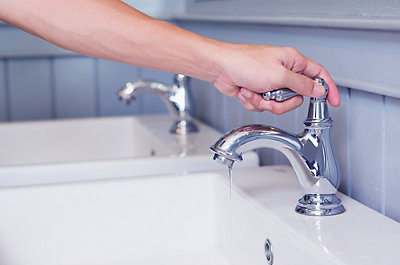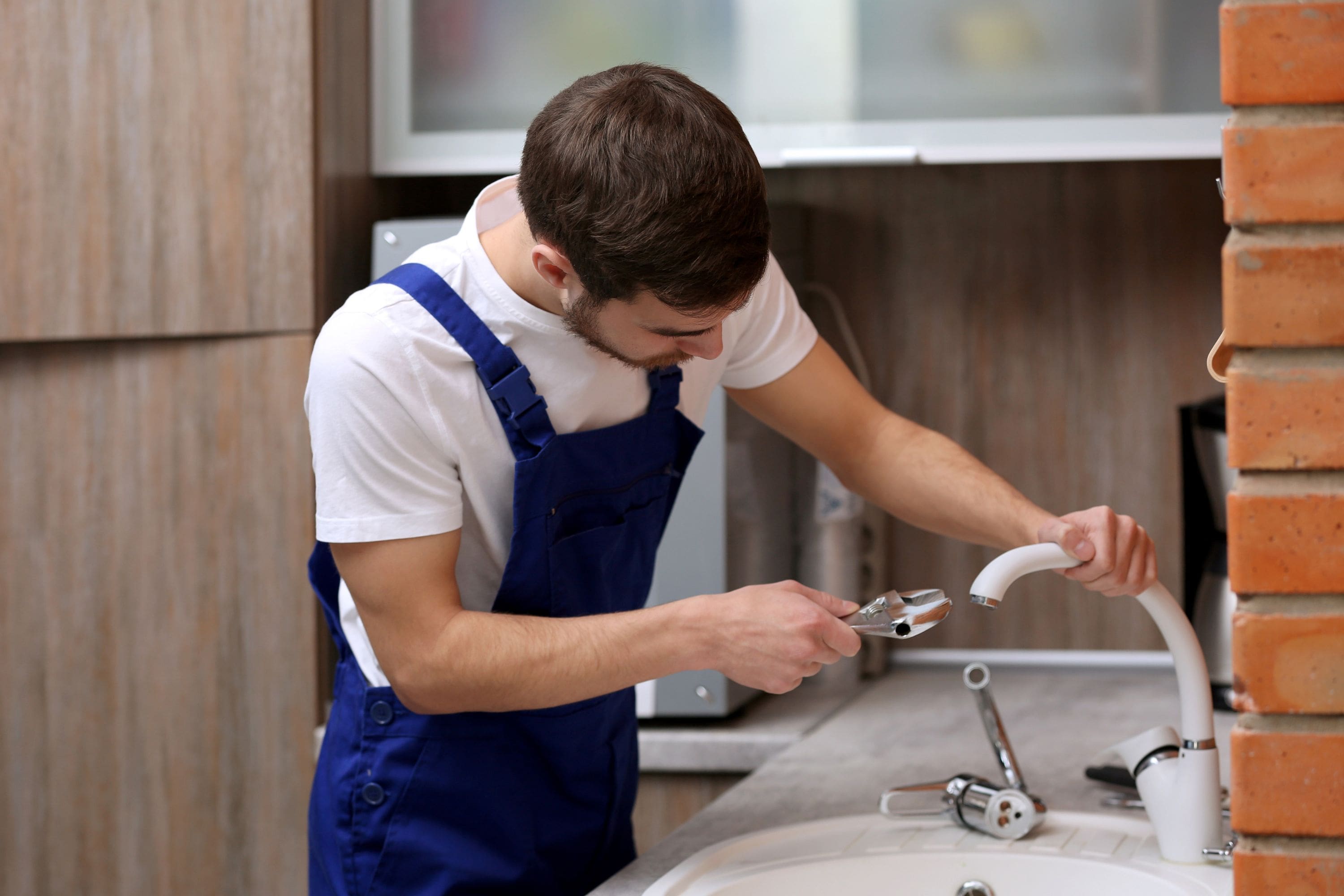My Relevance of Fixing a Malfunctioning Faucet
My Relevance of Fixing a Malfunctioning Faucet
Blog Article
We have stumbled on the article involving Why Are My Faucets Dripping (And Can I Fix It Myself)? directly below on the internet and think it made good sense to quickly share it with you on this site.

Trickling faucets may feel like a minor trouble, yet their impact goes beyond simply the aggravation of the sound. From wasting water to incurring unnecessary monetary expenses and wellness dangers, overlooking a dripping faucet can lead to various consequences. In this article, we'll delve into why it's essential to address this common house concern without delay and efficiently.
Wastefulness of Water
Ecological Influence
Leaking faucets add substantially to water wastage. According to the Environmental Protection Agency (EPA), a single tap trickling at one drip per secondly can throw away greater than 3,000 gallons of water each year. This not only strains water resources but likewise affects ecosystems and wildlife depending on them.
Step-by-Step Guide to Dealing With a Dripping Faucet
Devices Called for
Before attempting to deal with a dripping faucet, collect the essential tools, including an adjustable wrench, screwdrivers, replacement parts (such as washers or cartridges), and plumber's tape.
Usual Tap Issues and Their Solutions
Recognize the sort of tap and the specific issue causing the drip. Common problems include damaged washing machines, corroded valve seats, or defective O-rings. Refer to producer instructions or online tutorials for detailed advice on repair services.
Financial Expenses
Enhanced Water Bills
Beyond the ecological influence, trickling faucets can blow up water expenses substantially. The accumulated waste in time converts into greater utility costs, which could have been stayed clear of with timely repair services.
Potential Property Damage
In addition, prolonged leaking can bring about damage to fixtures and surfaces surrounding the tap. Water build-up can create staining, deterioration, and even structural concerns if left neglected, resulting in additional repair expenses.
Health Issues
Mold And Mildew and Mold Development
The constant existence of dampness from a dripping tap creates an excellent environment for mold and mildew and mildew development. These fungis not only compromise interior air high quality but additionally present wellness dangers, particularly for people with breathing conditions or allergic reactions.
Waterborne Diseases
Stationary water in dripping taps can become a breeding place for microorganisms and other virus, increasing the danger of waterborne conditions. Contaminants such as Legionella germs prosper in stationary water, potentially causing significant illnesses when ingested or inhaled.
Do it yourself vs. Specialist Fixing
Advantages and disadvantages of Do It Yourself Fixing
While some might try to deal with a trickling tap themselves, do it yourself repair services include their very own set of challenges. Without proper expertise and devices, DIY attempts can aggravate the concern or cause incomplete fixings, lengthening the issue.
Advantages of Employing a Professional Plumber
Working with an expert plumber ensures that the underlying source of the leaking tap is dealt with properly. Plumbing technicians have the competence and tools to diagnose and fix tap issues effectively, conserving time and reducing the threat of more damages.
Ecological Responsibility
Specific Payment to Conservation
Taking responsibility for fixing trickling faucets lines up with more comprehensive initiatives towards water conservation and environmental sustainability. Every individual's actions collectively make a significant influence on protecting precious sources.
Lasting Living Practices
By prioritizing punctual repair services and embracing water-saving habits, people contribute to sustainable living techniques that profit both present and future generations.
Safety nets
Routine Maintenance Tips
To stop leaking faucets, do routine maintenance such as cleaning aerators, inspecting for leaks, and changing worn-out components quickly. In addition, think about mounting water-saving devices or updating to extra effective components.
Importance of Prompt Repairs
Attending to trickling taps as soon as they're discovered stops more water wastefulness and potential damage, ultimately saving both water and money in the long run.
Impact on Building Worth
Assumption of Well-Maintained Property
Keeping a home in good condition, including addressing upkeep problems like dripping taps, improves its perceived value and desirability amongst prospective buyers or lessees.
Influence on Resale Worth
Qualities with well-kept plumbing components, including taps, command higher resale worths in the real estate market. Attending to trickling faucets can add to a favorable impression throughout property assessments and settlements.
Final thought
Attending to a trickling tap exceeds plain convenience; it's a necessary step towards preserving water, minimizing financial costs, and securing health and wellness and home. Whether with do it yourself repair services or specialist support, acting to repair trickling faucets is a tiny yet impactful means to advertise liable stewardship of sources and add to a healthier, extra lasting future.
Most Common Reasons for a Leaky Faucet and How to Stop the Drip
Whether it’s your kitchen faucet leaking or a bathroom faucet leaking, one leaky faucet can waste anywhere from three to 30 gallons of water every single day. If the constant drip-drip-drip doesn’t get your attention, your water bill will. The good news is that, by following a few simple steps, chances are pretty good you can fix the problem yourself.
Why is it dripping?
Before you start taking things apart, let’s break down some of the most common causes of a leaky faucet.
Bad O-ring.
A cartridge is a valve that controls the flow of water into the faucet spout. On cartridge faucets there’s an O-ring—the little disc attached to the stem screw that holds the faucet handle in place. If it’s loose or worn-out, it can cause your sink handle to leak. Of course, the cartridge itself could be worn out. If that’s the case, make sure you replace it with the exact same kind.
Corroded valve seat.
The valve seat connects the faucet and the spout. If the leak seems to be coming from the spout, it might be because a buildup of water sediment has corroded the valve seat.
Worn-out washers or seals.
A leaky spout could be caused by a bad washer that rests against the valve seat. It’s just a matter of time before friction takes its toll. It could also be the wrong size washer or one that’s been installed incorrectly. Water sediments can also corrode inlet and outlet seals.
Water pressure.
If the faucet only drips now and then, or when you turn the handles a certain way, you should probably check your home’s water pressure.
Loose or broken parts.
The adjusting ring and packing nuts in the stream screw can become loose over time, causing your sink handle to leak. Try tightening or replacing the packing nut. If the leak is coming from the pipes underneath the sink, you probably have a broken pipe or fitting. If that’s the case, you should definitely call a plumber.
Know your faucet.
Faucets come in a variety of types. Each one has its own assembly—and its own possible causes of leaks. Learning about the four most common kinds of faucets will help you know how to take them apart and make any repairs.
How to stop a leaky faucet
Fixing that leaky faucet doesn’t have to take a lot of time, money, or expertise. It’s usually a simple matter of replacing a worn-out washer or gasket, a loose O ring, or another part. Chances are really good you can do this yourself if you follow these simple steps.
Shut off the water.
Before you tackle the faucet, cut off the water supply to the sink. There should be one valve for hot and one for cold. Hand-turn them clockwise with your hands till they close. If there are no valves under the sink, head to the basement and shut off the main water supply to the house. Then turn on the faucet until it empties out the water that’s still in the line and you’re ready to start. It’s a good idea to cover the sink drain with a plug or a rag so you don’t lose any small pieces and parts while you’re working.

As a keen person who reads about What Causes Leaky Faucets & How To Fix Them, I figured sharing that piece of content was essential. Sharing is nice. You just don't know, you might be doing someone a favor. I love reading our article about Why It's Important to Fix Leaky Faucets.
Report this page